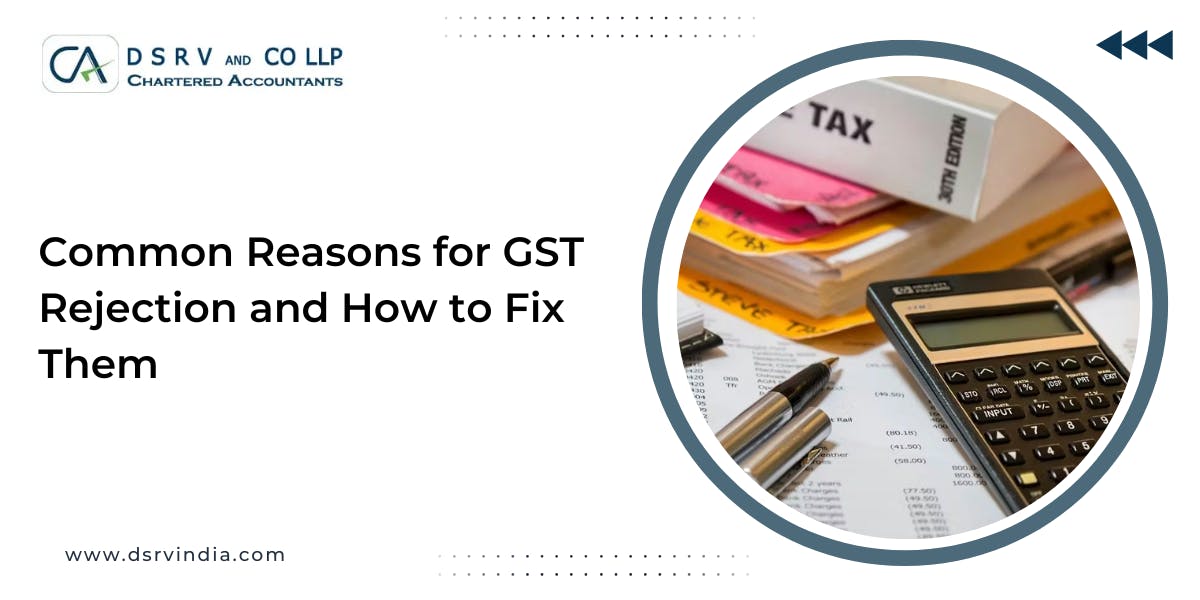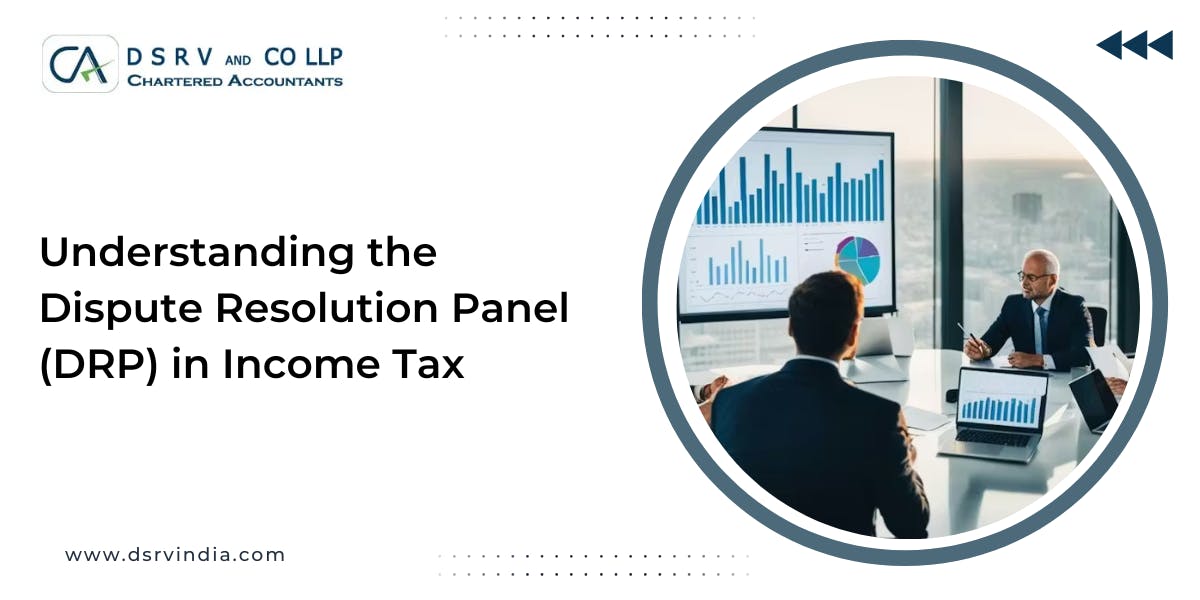If your business is part of a group, chances are you’re constantly dealing with intercompany transactions goods moving between units, support services supplied to a subsidiary, cross charges for IT, marketing, or management, and so on.
On paper, these may just look like internal entries. But for the Indian entity that’s operating in India, the same inter company transactions can trigger dual exposure:
- Under transfer pricing (TP) for income tax, and
- Under GST law for goods and services tax
In other words, the transfer price you set for related parties is not just about the Income Tax Act anymore. It also has implications for GST purposes including valuation, taxability, and input tax credit (ITC).
In this guide, we’ll break down how intercompany transactions are seen under both TP and GST, where the risks lie, and how to practically align your gst and tp positions so the tax authorities don’t see two different stories. If you find these dual requirements confusing, working with an experienced GST consultant in Gurgaon can help you navigate compliance and valuation effectively.











